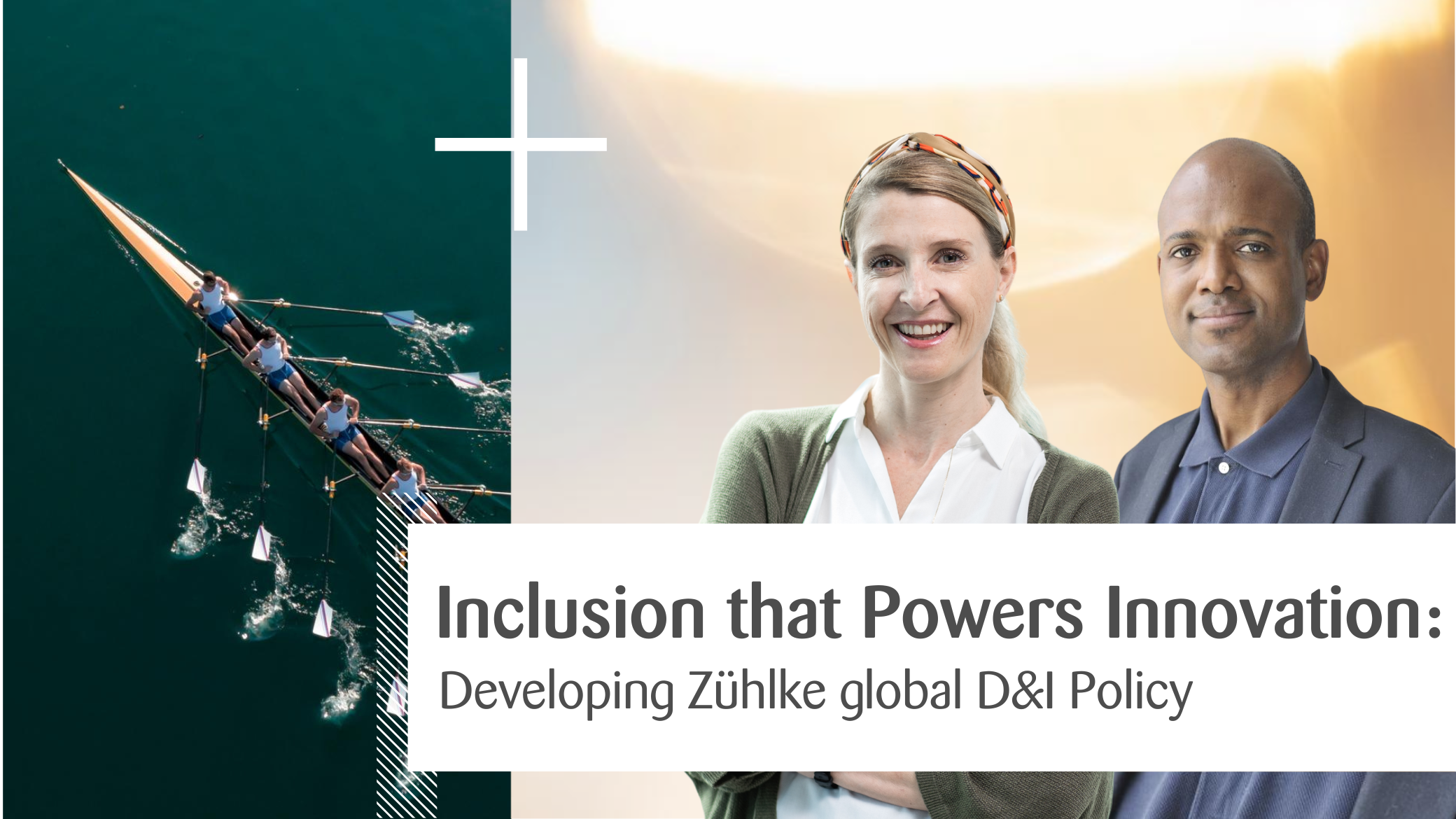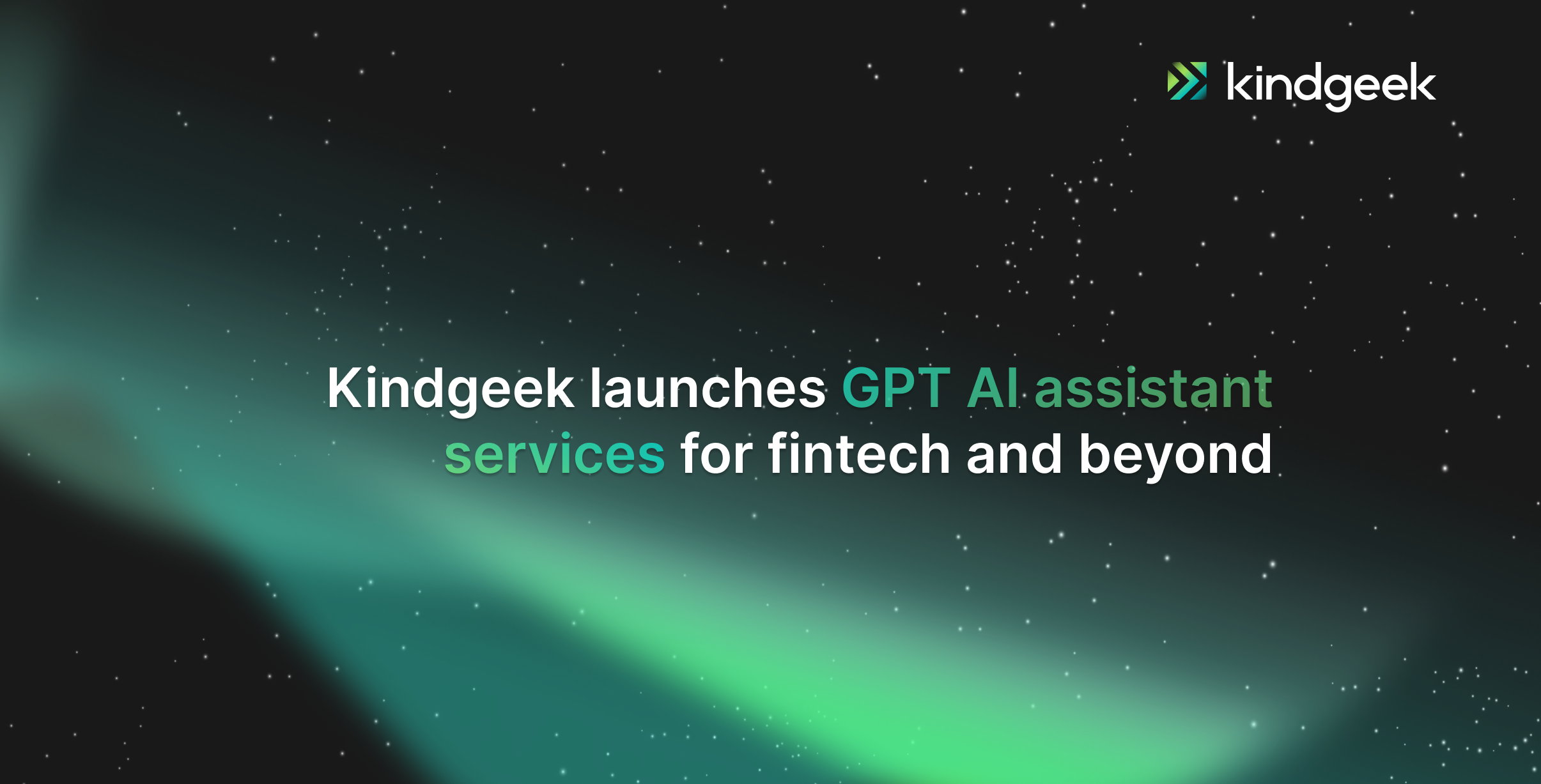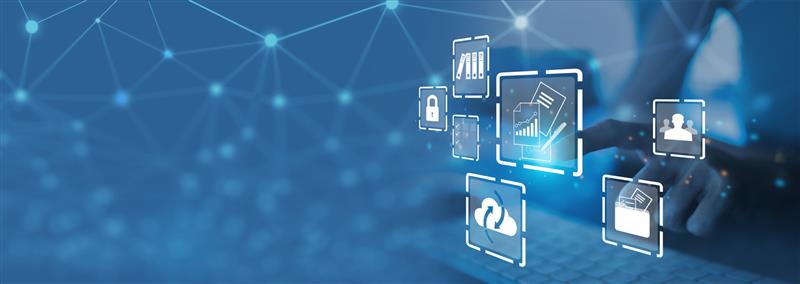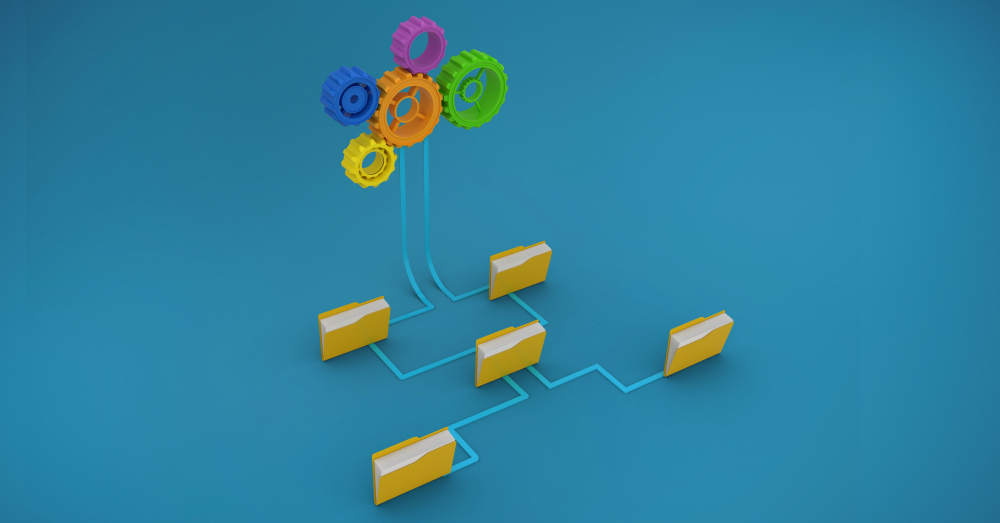
Artificial Intelligence (AI) has become the buzzword, especially with the advent of generative AI models like DallE, stable diffusion, and intelligent chatbots like ChatGPT, Meta AI, and DeepSeek AI. Among various frameworks and paradigms, the Retrieval-Augmented Generation (RAG) is a robust framework that enhances the accuracy and relevance of Large Language Models (LLMs). LLMs, such as GPT, BERT, and T5, have critical limitations. They rely solely on static learning and knowledge encoded during model training. It becomes a drawback as it hinders the ability to deliver up-to-date details and accurate responses.
RAG is a powerful utility that enables AI models to fetch relevant external documents and employ them to generate more contextually precise data. RAG framework is popular in modern AI-powered search engines, intelligent chatbots, and other NLP algorithms. This article is a complete walkthrough of RAG and its benefits. It also explains the architecture of RAG and six key components. Lastly, the article will discuss some challenges and applications of the RAG framework and the best practices to eliminate them.
Understanding Retrieval-Augmented Generation (RAG) Framework
Retrieval-Augmented Generation (RAG) is a hybrid technique used in NLP algorithms to combine retrieval-based methods with generative AI models. It is named “retrieval” because it retrieves relevant information from external data, such as web documents or databases, making the generated content augmented. Then, it uses that information to refine the LLM’s output. Instead of rendering the texts solely from a model’s internal parameters, RAG systems first fetch relevant external details and then spawn output depending on both the input and the retrieved content.
The name RAG came into existence through Patrick Lewis, the lead author of the 2020 paper. He coined the term RAG, which has now become a growing family of methods across hundreds of papers, which Patrick believes to be the future of generative AI. RAG is robust because it allows an LLM AI model to extend its capabilities to specific verticals or an enterprise’s internal knowledge base without retraining the model.
Why use RAG?
Traditional large language models (LLMs) have numerous drawbacks, making them inaccurate in various senses. AI models generate false details when they are unfamiliar with the prompt or have no answer to generate. Most traditional AI cannot access new information after training, making these AIs hallucinate. AI hallucination generates misleading or incorrect information. Hence, tracing the source of the AI-generated content for confirmation becomes very difficult.
RAG is valuable in bridging those gaps while augmenting AI’s generative potential. RAG overcomes this issue by introducing dynamic knowledge retrieval and highlighting the sources from which it referred the content. The RAG framework enables the AI model to learn in real-time through fact-grounded generative techniques. Utilizing RAG in an AI model enhances user trust and is a cost-effective approach to gathering up-to-date information, enabling the AI model to update.
Benefits of RAG
Numerous advantages make the RAG framework effective compared to the traditional approach for developing generative AI models. These are:
1. Custom Knowledge Integration
The Retrieval-Augmented Generation (RAG) framework helps AI models improve AI-generated replies by fetching relevant information from external sources as part of custom integration. Before generating the answer, it checks the prompt’s context and keeps track of the sources. Integrating custom knowledge into RAG lets AI developers and enterprise solutions tailor the responses based on proprietary datasets, domain-specific information, or internal documentation.
2. Factual accuracy
The RAG framework is also beneficial in enhancing the accuracy of generative AI models. It fetches up-to-date facts by grounding responses in retrieved documents rather than relying on pre-trained datasets or parametric knowledge. If the AI engineers design the AI model carefully with optimization and free from retrieval errors or content generation hallucination, the RAG framework can deliver high accuracy.
3. Enhance user trust
RAG enables the language model to provide precise information along with source attribution and linking. The output may include citations or references to specific sources. Additionally, users have the option to look up the source documents themselves for further clarification or more detailed information. This feature can enhance trust and confidence in your generative AI solution.
4. More developer control
The RAG framework allows AI engineers and developers to check and enhance bot apps or AI models more efficiently. They can tweak and change the LLM’s information sources to adapt to modern facts or cross-functional usage. Restricting sensitive information retrieval at various authorization levels is also possible so that the LLM can generate appropriate responses. Furthermore, developers and AI engineers can troubleshoot their existing trained models to eliminate incorrect information and use it confidently for broader application domains.
5. Low memory requirement
Since the RAG framework uses online sources, proprietary datasets, and documentation for real-time fact-checking, it does not need to memorize everything. Therefore, it occupies less memory space compared to other trained AI models. Without utilizing additional space, it can fetch data from the latest research, media feeds, statistical reports, or news sites, utilizing real-time facts for content generation.
Core Architecture of RAG
The RAG framework augments large language models (LLMs) by dynamically fetching relevant information from various external sources or knowledge bases before generating responses. This hybrid approach merges neural retrieval and generative AI features, making it highly convincing for domain-specific applications. The RAG architecture works on two primary modules. These are:
1. Retriever
This part of the RAG framework is responsible for fetching the most appropriate sources, documents, or text passages from a knowledge base. It comprises document indexing and query encoding with relevant search algorithms.
2. Generator
Once the NLP algorithm understands the query, it generates the response based on the retrieved documents and uses cross-verification algorithms. The cross-attention algorithm runs on the generator part to focus on relevant content from retrieved documents.
3. Knowledge bases
The most essential part of the RAG is the knowledge base. The external data sources are crucial parts of RAG and can vary based on static and dynamic knowledge sources. Static sources are corporate documents, research papers, or FAQs. Dynamic data sources include stock prices, media feeds, news API data, etc.
Key Components of a RAG Pipeline
In addition to the core architecture, one should thoroughly understand the RAG pipeline and its key components.
1. Query Encoder
It converts prompts and user queries into embedding vectors.
2. Document Encoder
It converts corpus documents into vector embeddings.
3. Vector Store
It stores knowledge bases and documents embedded for efficient retrieval of facts and real-time updates.
4. Retriever (Dense/Sparse)
It matches queries to top relevant documents for factual accuracy and delivery.
5. Generative Model
It processes the query and documents to produce a response.
Challenges Associated with the RAG Framework
Apart from the various benefits of the RAG framework in generative AI projects, it emerges with certain limitations. These are:
Retriever's quality
If the retriever fetches poor documents, it will lead to poor content generation. Rather than utilizing advanced fetching options, the retriever may fetch incorrect passages, specifically when the knowledge base holds overlapping or ambiguous information. Poor retriever quality can lead to AI hallucinations.
Semantic gaps
Dense retrievers depend heavily on vector similarity. Its functionality may fail for rare jargon, terminologies, or nuanced queries where keyword matching can be a good alternative. Leveraging both (hybrid search) can mitigate the semantic gap problem but can increase computational overhead. With more computational overhead, the generative AI will execute slowly.
Increases latency
RAG follows a dual-stage architecture by combining retrieval and generation. It inevitably increases response time compared to standalone LLMs. While this architectural technique enhances factual accuracy, shifting from one stage to another brings added latency that can hinder real-time applications.
Data generating limitations
Poor handling of contradictory sources can cause trouble for the AI system. In such a situation, the LLM may either average the information (leading to inaccuracies) or randomly favour one source without justification.
Applications of RAG
- RAG-powered generative AI solutions are beneficial in developing intelligent chatbots and AI assistants for businesses.
- With refinement and citation of sources, RAG-based AI Q&A systems can help solve teaching queries as virtual teachers or e-learning personalized tutors at universities and institutes because of open-domain citation.
- Advanced search engines use AI that uses the RAG framework for semantic search with sources mentioned.
- Researchers can build research tools using Generative AI solutions that use RAG to summarize and answer questions and queries by citing various scientific papers and journals.
- For medical or legal assistance, RAG-powered Gen AI can fetch expert knowledge and insights from internal databases or by searching the web and generating responses accordingly.
Best Practices AI Engineers Can Follow With RAG
RAG framework is a representation of the significant leap forward in the design of intelligent context-aware language systems. It connects the dots between static model training and real-time knowledge and facts. Although we have seen that the RAG framework has some drawbacks, utilizing it with best practices can help eliminate those. Here are some quick tips and best practices enterprise AI developers should consider to stay ahead in RAG utilization.
- It is essential to clean the document corpus for more RAG citation visibility.
- It is a good practice to utilize hybrid retrievers (dense + sparse) for better recall.
- Fine-tuning is essential by AI engineers for task-specific datasets for better accuracy.
- Regularly evaluating retriever precision and document quality can help GenAI provide better responses.
- AI engineers can implement caching for commonly asked queries to reduce latency.
- The AI systems that use RAG should also offer log features with document IDs used in generation for transparency and debugging.
Wrapping Up
We hope this article provided a crisp idea of what RAG is and how the RAG framework is helping generative AI tools become more accurate in generating responses. RAG delivers a robust framework with grounded, explainable, and dynamic text generation. Whether your company is building a next-generation business chatbot, an intelligent search engine, or a legal AI assistant, RAG offers the foundational building blocks to combine deep NLP with vast external knowledge.
The article also highlighted the benefits and drawbacks of the RAG model, as well as some best practices that AI engineers and developers can use to mitigate its challenges. The future of generative AI will rely on this framework for more accurate and factual responses. contact us or visit us for a closer look at how VE3’s AI solution can drive your organization’s success. Let’s shape the future together.









